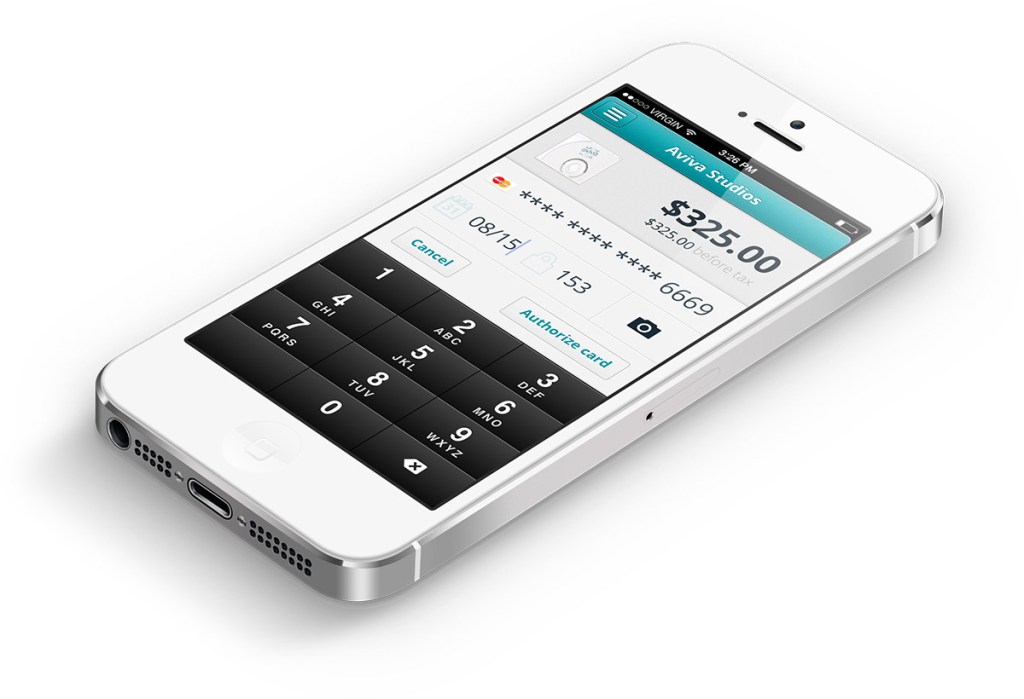
Apple has filed for a new patent related to mobile payments that might provide more insight into how they’re thinking about implementing that kind of tech with the USPTO, AppleInsider notes. The patent is for an entire “touchless” phone-based payment system, which resembles existing ones in many ways but also incorporates a feature borrowed from Apple’s Touch ID system to make things more secure.
The technology that Apple describes would use two different types of wireless communication, first to send a signal from an iPhone to a nearby receiver to initiate the payment. This could be done via NFC, which is described in the patent despite the fact that Apple hasn’t seemed overly eager to jump on board that train, as well as with iBeacons or other Bluetooth-based communication. A second wireless interface would be used to communicate data from the point-of-sale terminal to the actual payment processing backend online.
Apple has also built in a security method that’s designed to protect user data and resembles in many ways the so-called ‘secure enclave’ it uses with the iPhone 5s to hide fingerprint data. This “secure element” referred to in the patent filing works by making sure that a user’s actual sensitive payment data is stored only on a user’s device separately. To make the payment, an alias is then generated that the processing backend can recognize, and when a user bumps their device against the POS to pay, that alias alone is transmitted along with a cryptographic code. The code is decrypted by the backend, which then compares the alias to the one it stores, but at no time does the receiving end actually get a look at the payment information itself.
Apple has had patents related to mobile payments before, but this one describes a fairly complete, full system for conducting real-world transactions. As with any patent, it’s unclear when or if this will see the light of day, but it’s an interesting look at how Apple is thinking about an area of emerging tech many believe it will inevitably pursue eventually.

ConversionConversion EmoticonEmoticon